
Is the Belt and Road Initiative a grand vision for an intercontinental trade and infrastructure network, or a thinly-veiled, self-serving project to offload China's excess capacity?
Every new initiative or proposal will face criticism. Regarding the Belt and Road, those erring on the side of pessimism, however, may soon discover their apathy was unfounded and concerns misplaced.
It is no secret that China is troubled by industrial overcapacity, nor that a good number of Belt and Road projects do, and will, involve Chinese suppliers and contractors. To use such an unsophisticated link to discredit the initiative, in and of itself, says more about the inadequacy of the observer to acknowledge the wider benefits of the project.
Above all, the Belt and Road is based on cooperation, and for cooperation to work, market rules must be agreed upon, not dictated.
Companies must compete on a level playing field when bidding for projects and contracts. Moreover, proposals must be reviewed for their merits, and the value they will add to the local economy and community.
While China may have many of the products and a lot of the experience needed for certain projects, ultimately it is, and will continue to be, the market -- not China -- that has the final say.
Most countries along the Belt and Road are developing nations. Therefore, proposals offering the most advanced, up-to-date approaches may not be key deciding factors. It is more likely that they will want products and engineering processes that are economical, efficient and, most importantly, do not compromise on quality. This just happens to be where China has a competitive edge.
Despite its overcapacity, China is acknowledged the world over for its prowess in the areas of manufacturing and infrastructure construction, which happen to be tools proven to spur developmental progress.
In fact, many Chinese firms actively involved in Belt and Road projects are among the country's most successful and internationally recognized enterprises, including telecom giant Huawei, construction equipment producer Sany Heavy Industry and leading e-commerce firm Alibaba.
The China-Belarus Industrial Park is another example. This is the largest of its kind built by China overseas, and it is still growing. China has sown the seeds for an initial cluster of high-tech, advanced manufacturing businesses and services to grow into dynamic, profitable industrial entities.
The Belt and Road Initiative is about galvanizing international cooperation to unearth new growth opportunities for the frail global economy and to offer an alternative to protectionism.
In short, the way forward is cooperation not isolation.
Evidence of win-win cooperation is not difficult to find. Chinese and U.S. firms are building a clean-coal power plant in Dubai. In addition, an economic and trade cooperation zone in Vietnam has garnered support from businesses from China, Japan, Australia, Malaysia and other countries.
The strong interest from companies of various countries has proved they are convinced that Belt and Road cooperation eventually leads to common prosperity.
Despite the brouhaha stirred up by the nay sayers, criticism is not without its upside as it can be constructive.
The revival of the ancient trade routes, and the world economy at large, needs not just roads and railways, but open, communicative players.














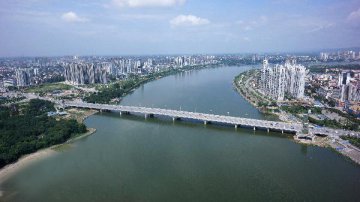
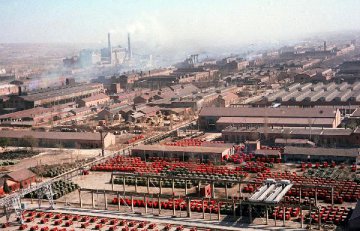
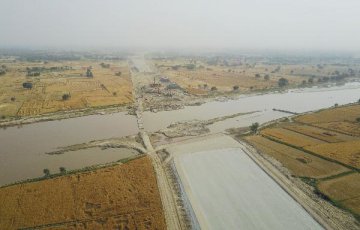

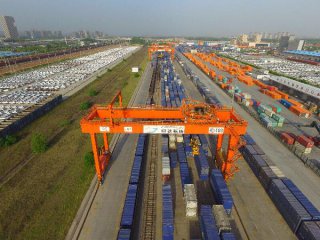
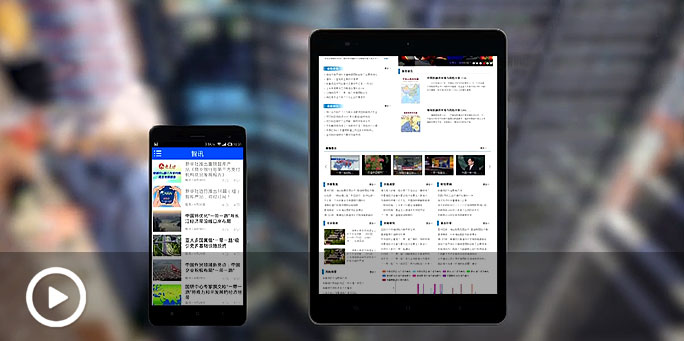

Latest comments